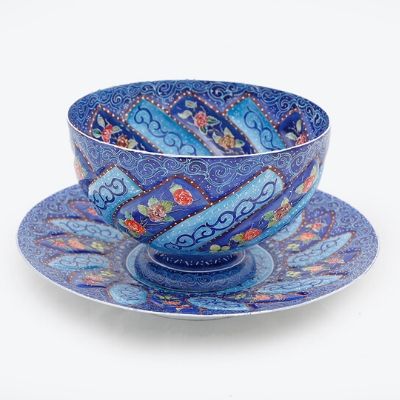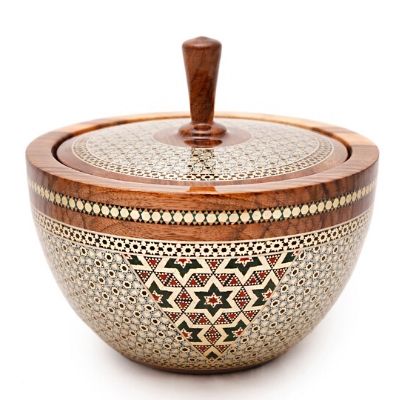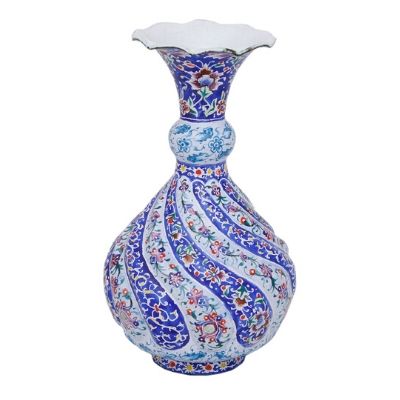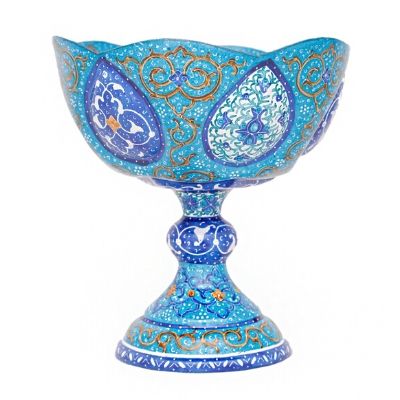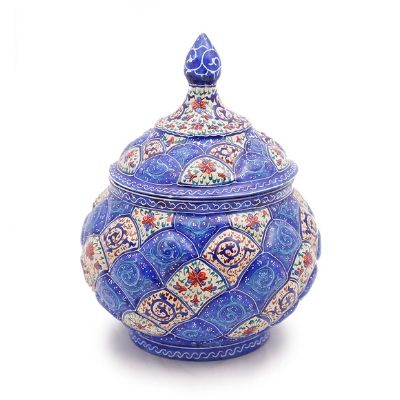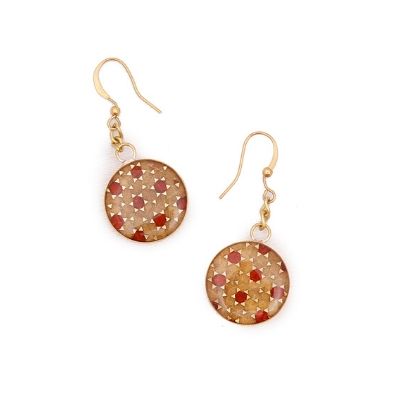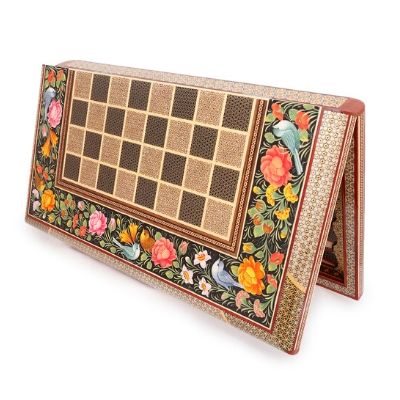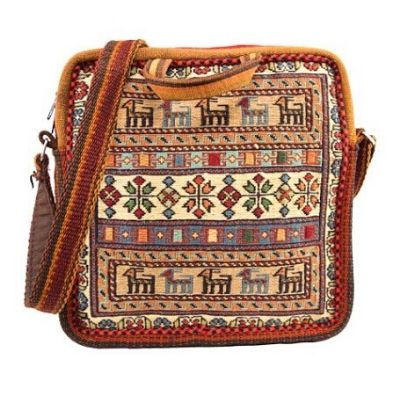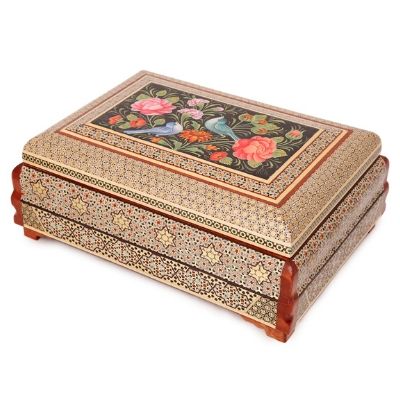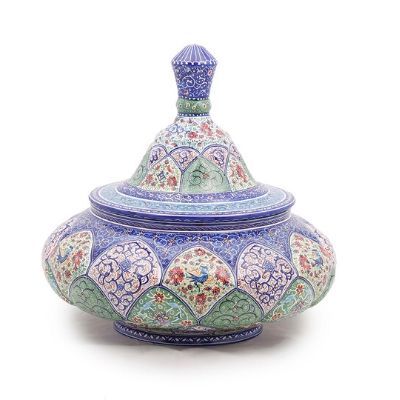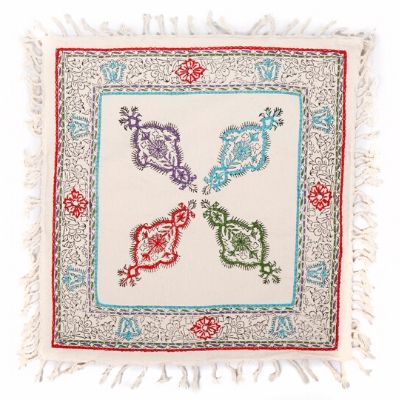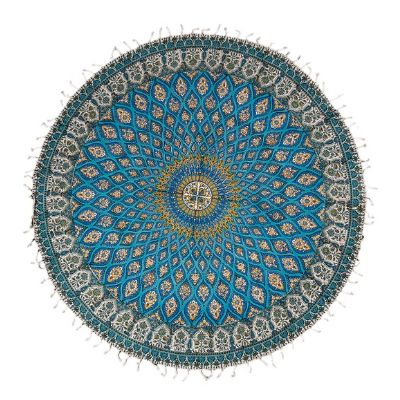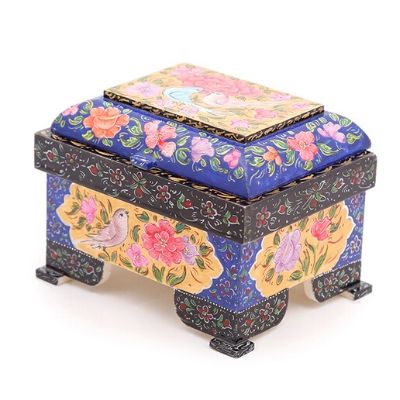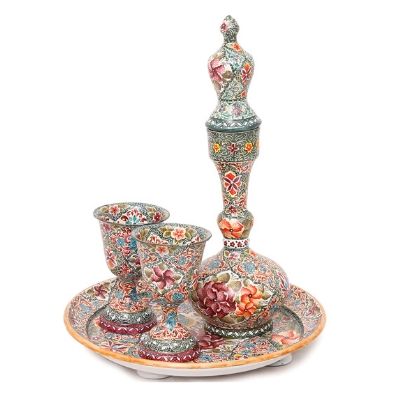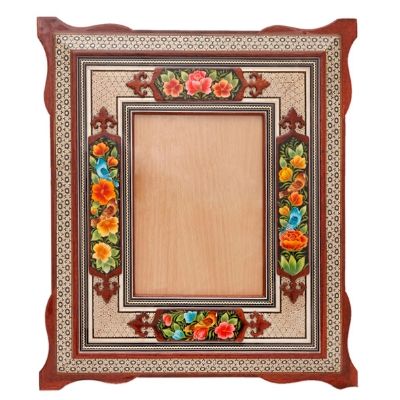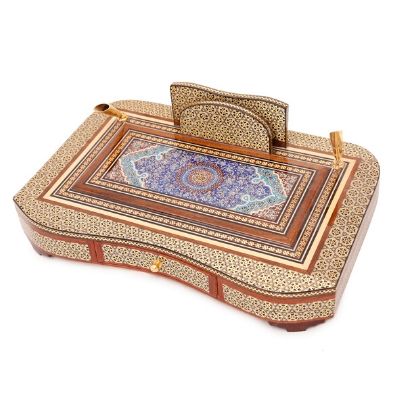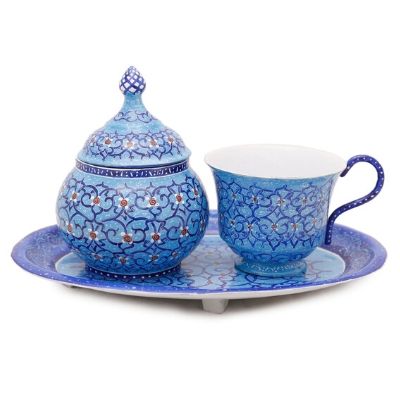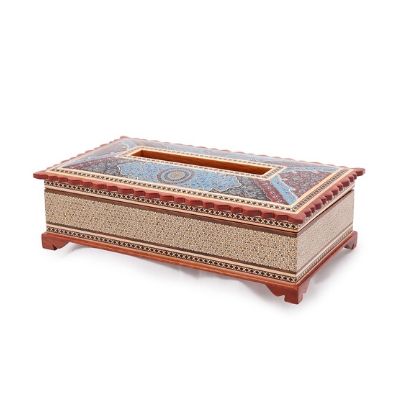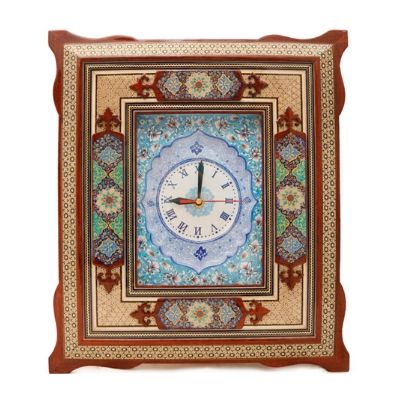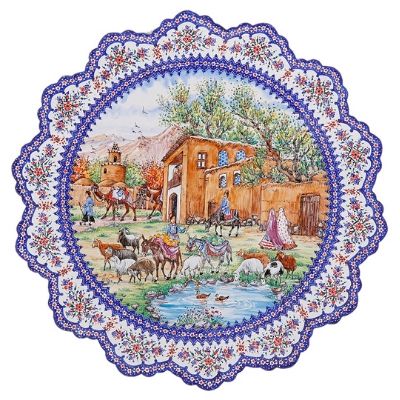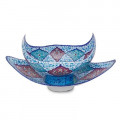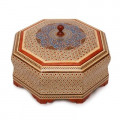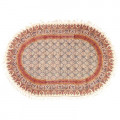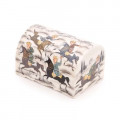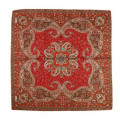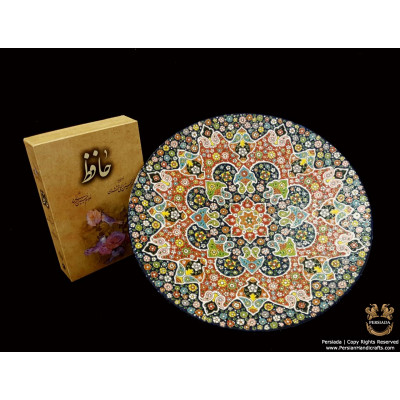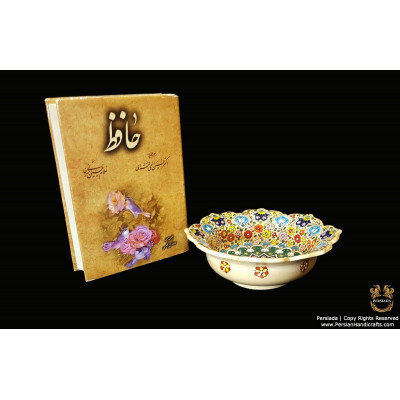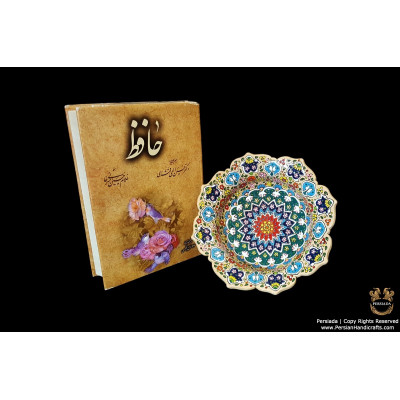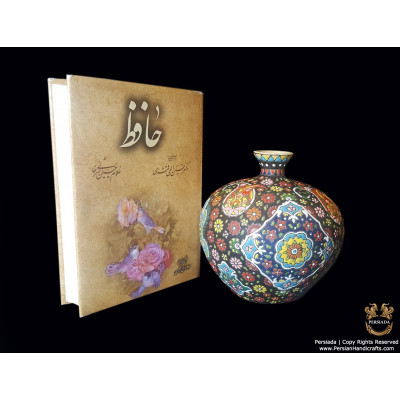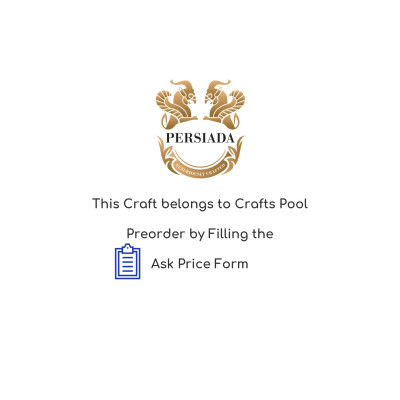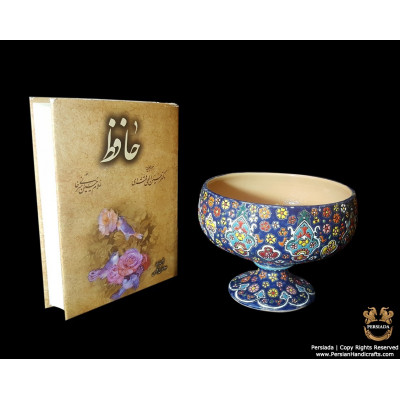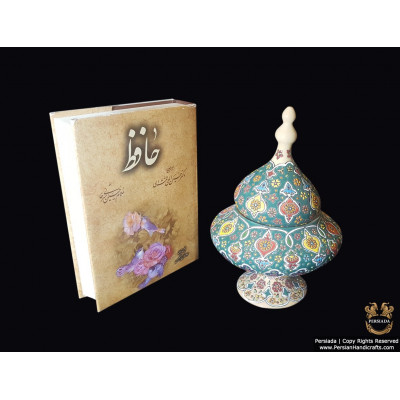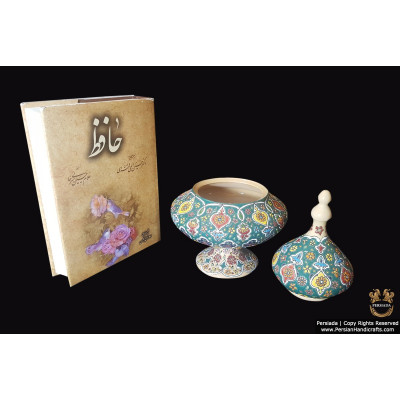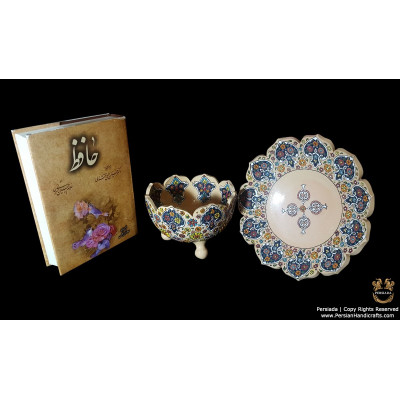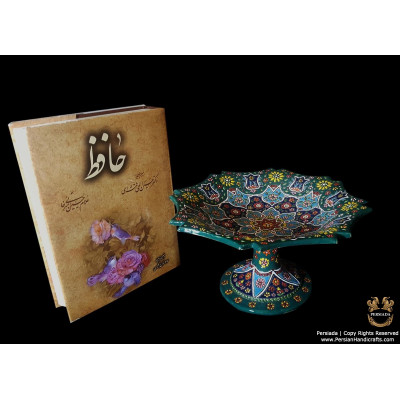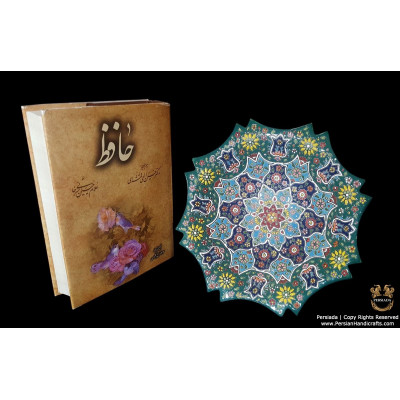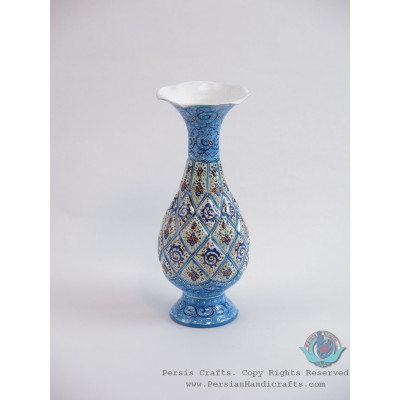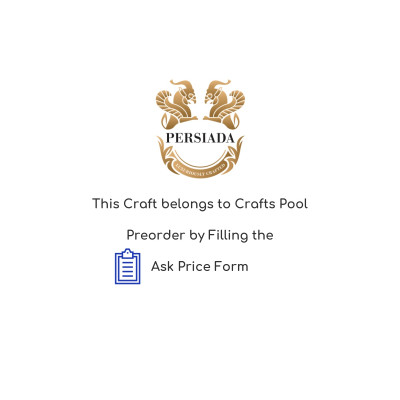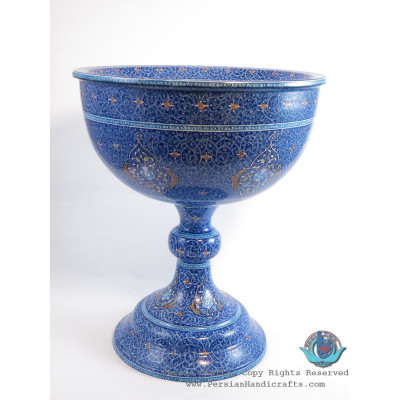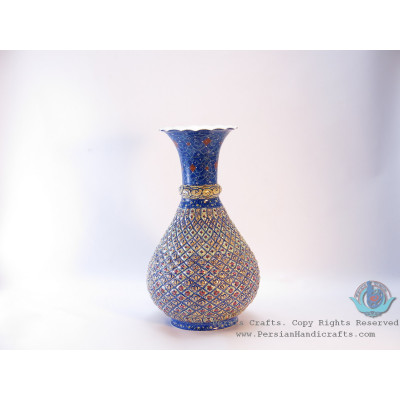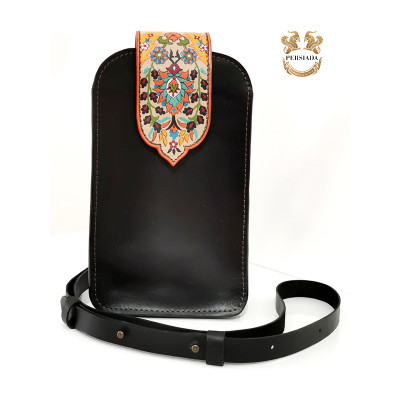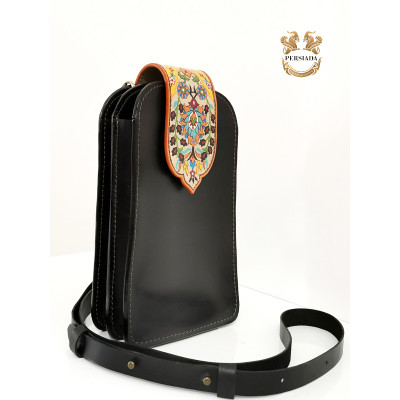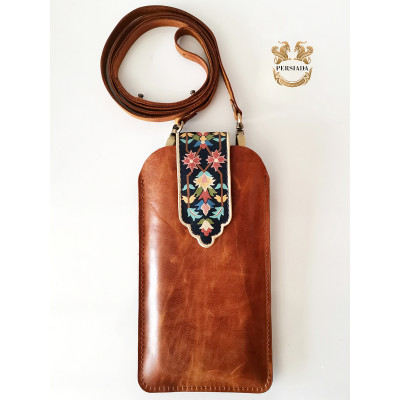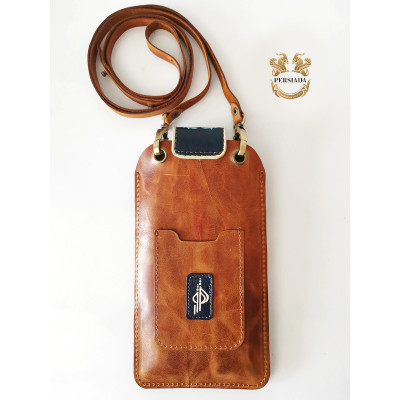Crafts Pool™ is a Fulfilment Service by Persiada to offer a much Wider & Cheaper range of Persian Handicrafts Directly from Bazaar. Simply select your craft, fill out the form & then Persiada guarantees the quality plus handling the packaging and shipping to you. Read more on our Crafts Pool Services.

Persian Pottery historically goes back to the early Neolithic Age (7th millennium BCE) in Iran. The Samanid period saw the creation of epigraphic pottery to include the production of Minakari-ware, enamelled with figures on white background dishes. Samarqand and Nishapur were both centres of pr..
€99 - €125
Persian Pottery historically goes back to the early Neolithic Age (7th millennium BCE) in Iran. The Samanid period saw the creation of epigraphic pottery to include the production of Minakari-ware, enamelled with figures on white background dishes. Samarqand and Nishapur were both centres of pr..
€40 - €110
Persian Pottery historically goes back to the early Neolithic Age (7th millennium BCE) in Iran. The Samanid period saw the creation of epigraphic pottery to include the production of Minakari-ware, enamelled with figures on white background dishes. Samarqand and Nishapur were both centres of pr..
€60 - €210
Persian Pottery historically goes back to the early Neolithic Age (7th millennium BCE) in Iran. The Samanid period saw the creation of epigraphic pottery to include the production of Minakari-ware, enamelled with figures on white background dishes. Samarqand and Nishapur were both centres of pr..
€55 - €140
Persian Pottery historically goes back to the early Neolithic Age (7th millennium BCE) in Iran. The Samanid period saw the creation of epigraphic pottery to include the production of Minakari-ware, enamelled with figures on white background dishes. Samarqand and Nishapur were both centres of pr..
€70 - €170
Persian Pottery historically goes back to the early Neolithic Age (7th millennium BCE) in Iran. The Samanid period saw the creation of epigraphic pottery to include the production of Minakari-ware, enamelled with figures on white background dishes. Samarqand and Nishapur were both centres of pr..
€100 - €230
Persian Pottery historically goes back to the early Neolithic Age (7th millennium BCE) in Iran. The Samanid period saw the creation of epigraphic pottery to include the production of Minakari-ware, enamelled with figures on white background dishes. Samarqand and Nishapur were both centres of pr..
€70 - €170
Minakari is the art of colouring and ornamenting the surface of copper by fusing brilliant colours that are decorated in intricate designs. Usually, copper is chosen and shaped by an expert coppersmith.The patterns of Iranian enamel work are traditional designs depending on the taste of the art..
€60 - €210
Minakari is the art of colouring and ornamenting the surface of copper by fusing brilliant colours that are decorated in intricate designs. Usually, copper is chosen and shaped by an expert coppersmith.The patterns of Iranian enamel work are traditional designs depending on the taste of the art..
€70 - €170
Minakari is the art of colouring and ornamenting the surface of copper by fusing brilliant colours that are decorated in intricate designs. Usually, copper is chosen and shaped by an expert coppersmith.The patterns of Iranian enamel work are traditional designs depending on the taste of the art..
€60 - €210
It has two separate drums and two jacquard pieces inside the bag. The designs on the bag are taken from Iranian carpets. The painting on the bag is painted with acrylic paint and is fixed and does not peel off with heatFor longer durability of the leather, it is better to use emollient wax every few..
€150 - €250
It has a pocket for cards inside the bag. The designs on the bag are taken from Iranian carpets. The painting on the bag is painted with acrylic paint and is fixed and does not peel off with heatFor longer durability of the leather, it is better to use emollient wax every few months, as a precaution..
€150 - €250
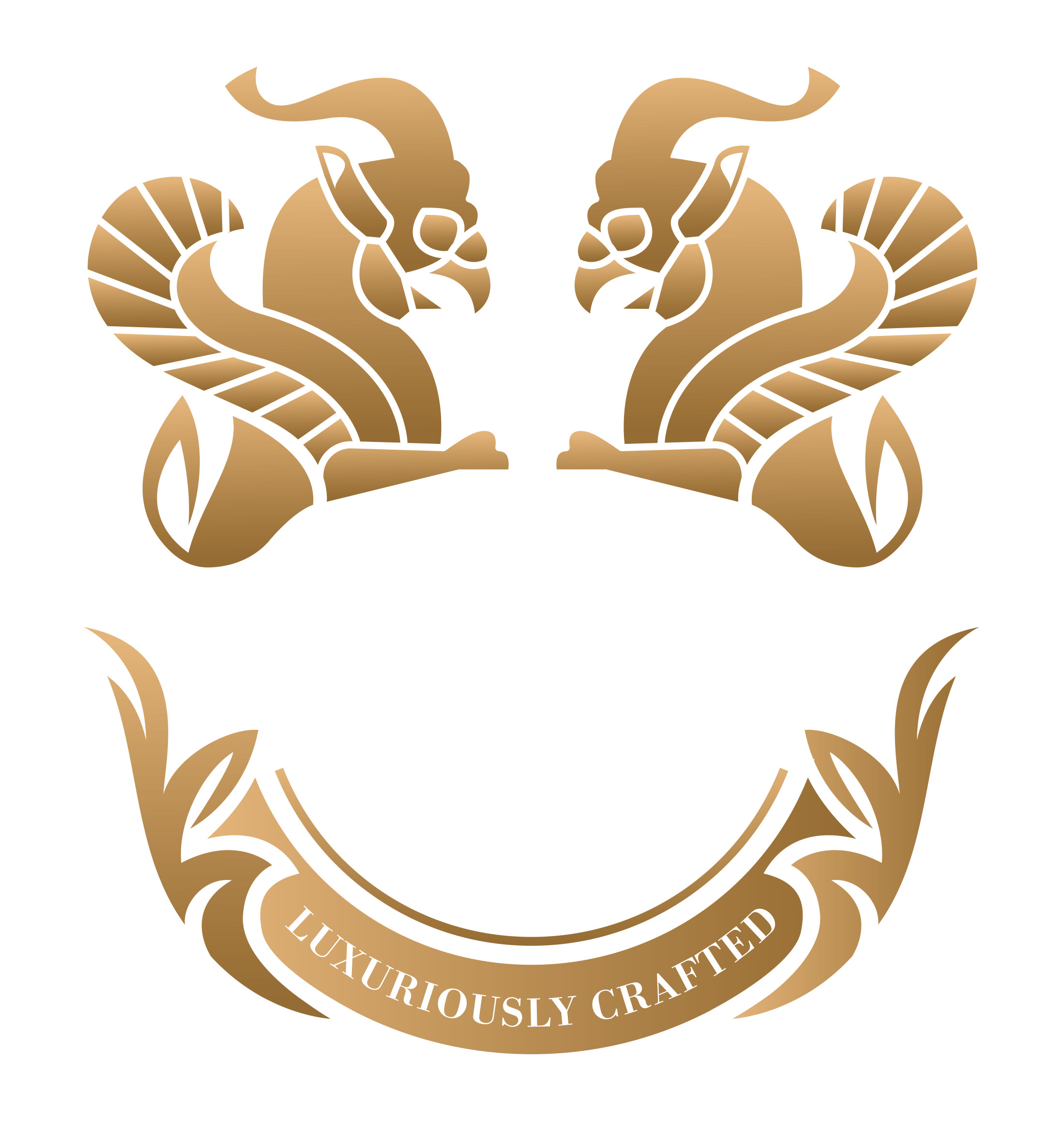
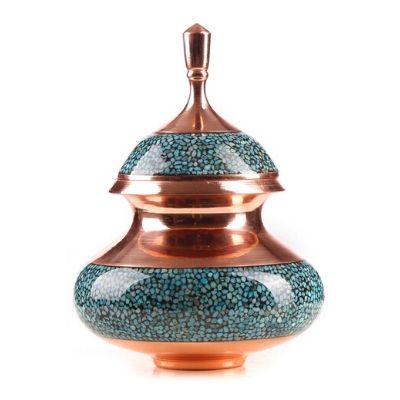
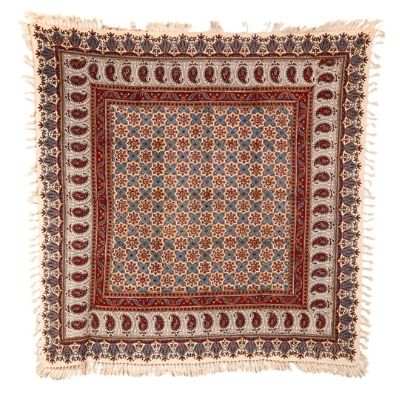
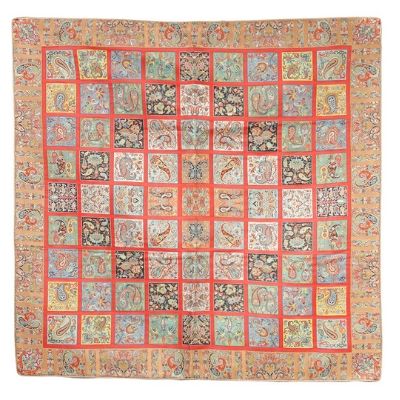
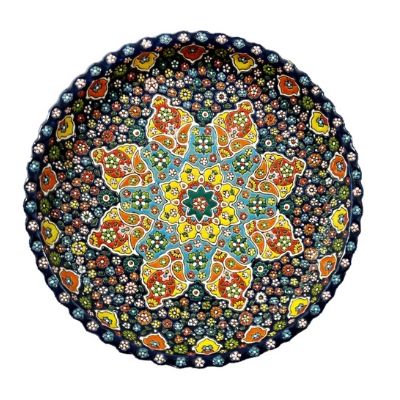
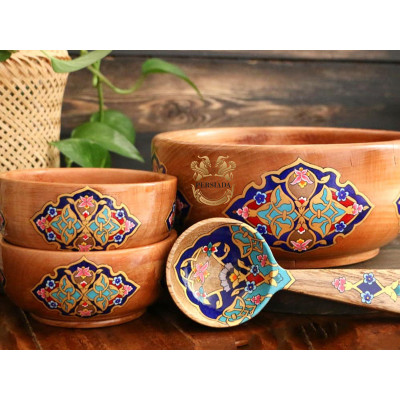
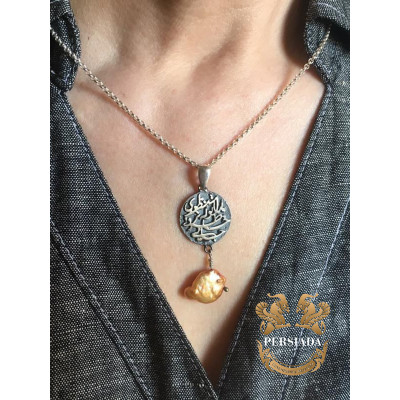
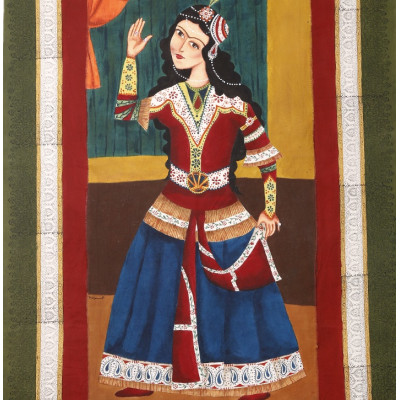
-400x400.png)
